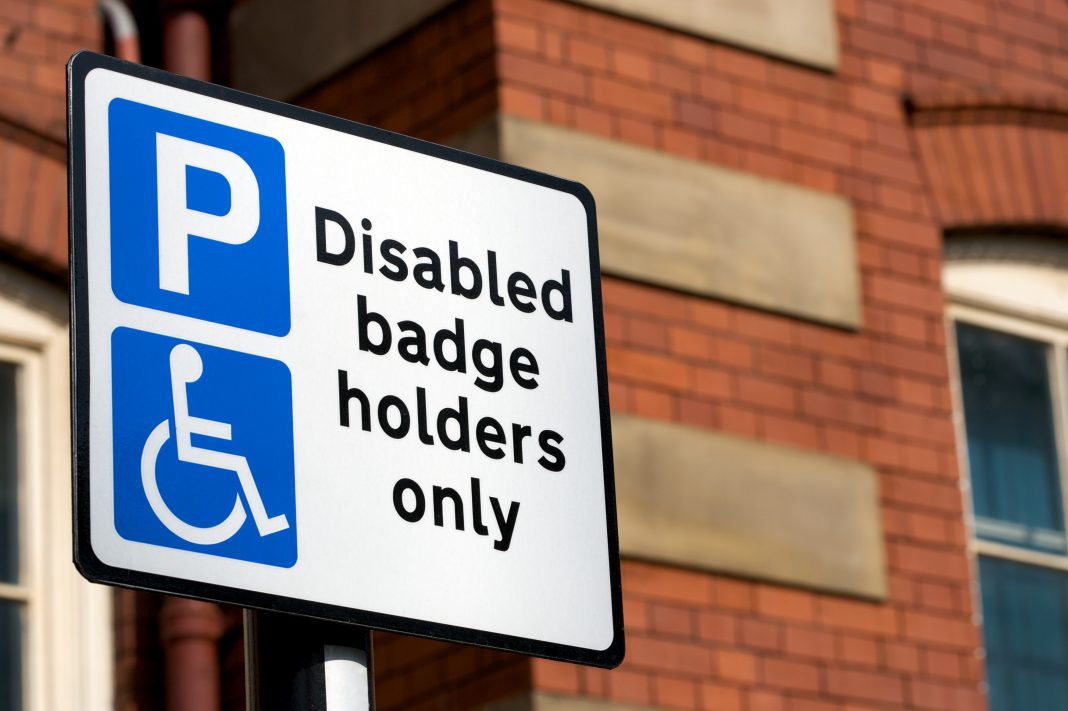Diana Guerra, Head of Blue Badge Policy at the Department for Transport (DfT) and John Spanton, Account Director at Valtech, discuss how the DfT transformed digital services for the Blue Badge scheme
Before the COVID-19 outbreak, the Department for Transport (DfT) was working with Valtech to replace the legacy application process and improve the digital service for the Blue Badge scheme.
DfT started its digital transformation journey in 2017, with the new service launched in early 2019 and continued improvements delivered in response to user feedback with regular releases. By the time the COVID-19 pandemic hit, around 80% of applications were submitted digitally, a huge rise from 37% before the new service was launched.
The work Valtech did with DfT made the service more flexible and resilient, all whilst streamlining the application process.
1. What is the Blue Badge scheme, and why is it so important?
Diana Guerra: Introduced in 1971, the Blue Badge scheme provides a range of on-street parking concessions that help more than three million people with disabilities across the UK, who may have difficulty using public transport, to park closer to their destination, often for free and without time restriction.
The Blue Badge scheme provides an important service that helps to make everyday activities, such as travelling to work, visiting friends and family and other amenities and services significantly easier for the people who need to use it.
2. What digital service has been created for the Blue Badge scheme?
John Spanton: In close collaboration with service users, DfT and the 207 badge-issuing local authorities, Valtech has developed, designed and deployed a new online Blue Badge application process to provide a more streamlined and seamless user experience for applicants.
We launched the new Blue Badge Digital Service in February 2019 and saw incredible results during the first four months; digital take-up rose from 37% to 57%, the completion rate more than doubled from 33% to 70%, and processing time was reduced from 29 to 19 days.
The new digital service has improved not only the user experience but also reduced the waiting time to receive a Blue Badge, with around 1.4 million applications processed annually. A lot of work has gone into the new service to ensure the scheme is ready for future innovation and integration and can meet the evolving needs of Blue Badge users.
3. How did digitalisation services help you navigate COVID-19?
Diana Guerra: When the UK entered a full national lockdown in March 2020, extensions were granted for Blue Badges that were set to expire to ensure that users were not left without a valid badge. Due to this, and Government advice also stating the most vulnerable in society to shield themselves against the virus, the volume of Blue Badge applications plummeted.
Although many organisations shut completely or operated at a reduced rate during the initial lockdown, local authorities must continue reviewing applications and issuing Blue Badges. Having the digital service in place was vital for the scheme’s delivery. It allowed citizens to submit applications without leaving their homes and for local authority staff to review them whilst working remotely.
4. What is the role of data in driving policy decision-making?
John Spanton: To improve any service, it’s crucial to look at the available data before making any changes. We looked at the user intelligence and analytics we had gathered to improve the existing service. The volume of feedback had increased with the growth in digital take-up to the point that we receive up to 8,000 service-user surveys weekly. We then identified respondents who’d be happy to contribute to further, deeper research and conducted quarterly local authority surveys to gather insights about improving service administration.
To help us deal with the large amounts of data we were receiving and help extract insights from the various feedback channels, we introduced sentiment analysis. This enabled the team to focus on essential and recurring issues that we could research further and validate the modifications that would have the most impact. We also analysed user data; for example, error messages could highlight something in the process that was preventing applicants from completing the process. We shared this data with DfT to inform their policy decision-making – from helping them to refine the service to driving it in the direction it needed to go in.
5. What does the future hold for the Blue Badge scheme?
Diana Guerra: To ensure that the Blue Badge scheme continues to deliver upon its users’ needs as they evolve, Valtech has hosted a series of innovation workshops, supported by ongoing user research, to understand what would improve their experience when using the service. As a result, Valtech is working with DfT to provide a further streamlined application and reapplication process, as well as exploring wider considerations such as integrating with DfT’s future National Parking Platform.
This is all part of DfT’s commitment to improving the user experience for those engaging with the Blue Badge scheme and ensuring feedback is acted on and incorporated into its digitalisation journey.











